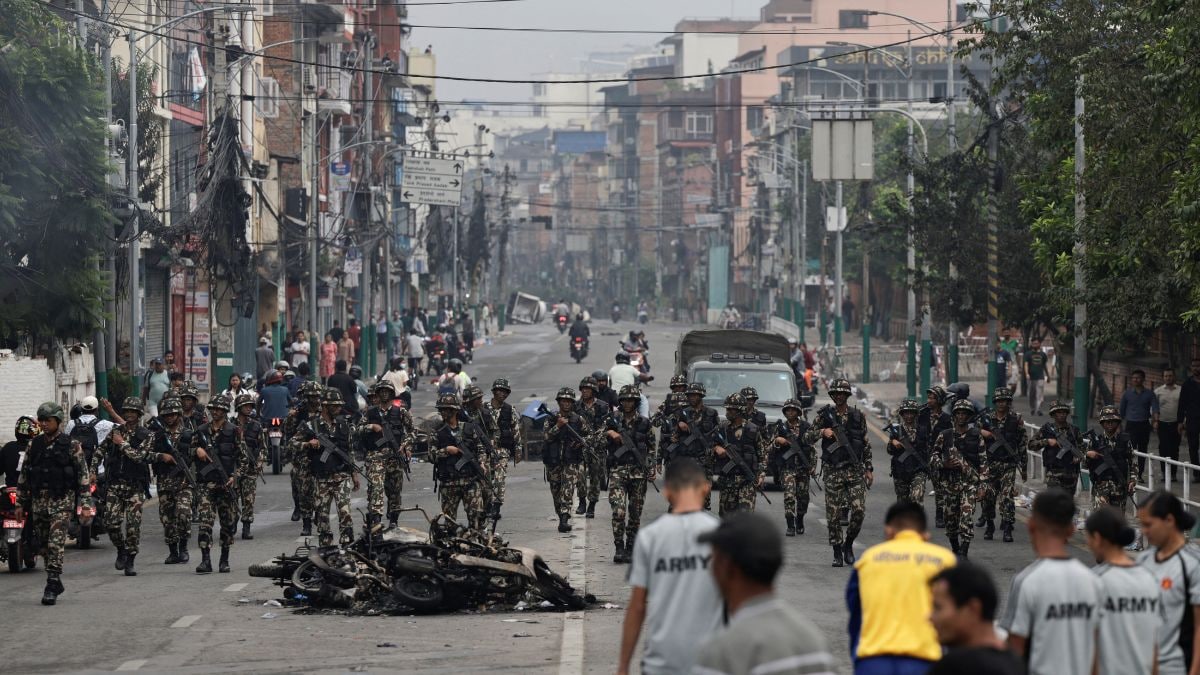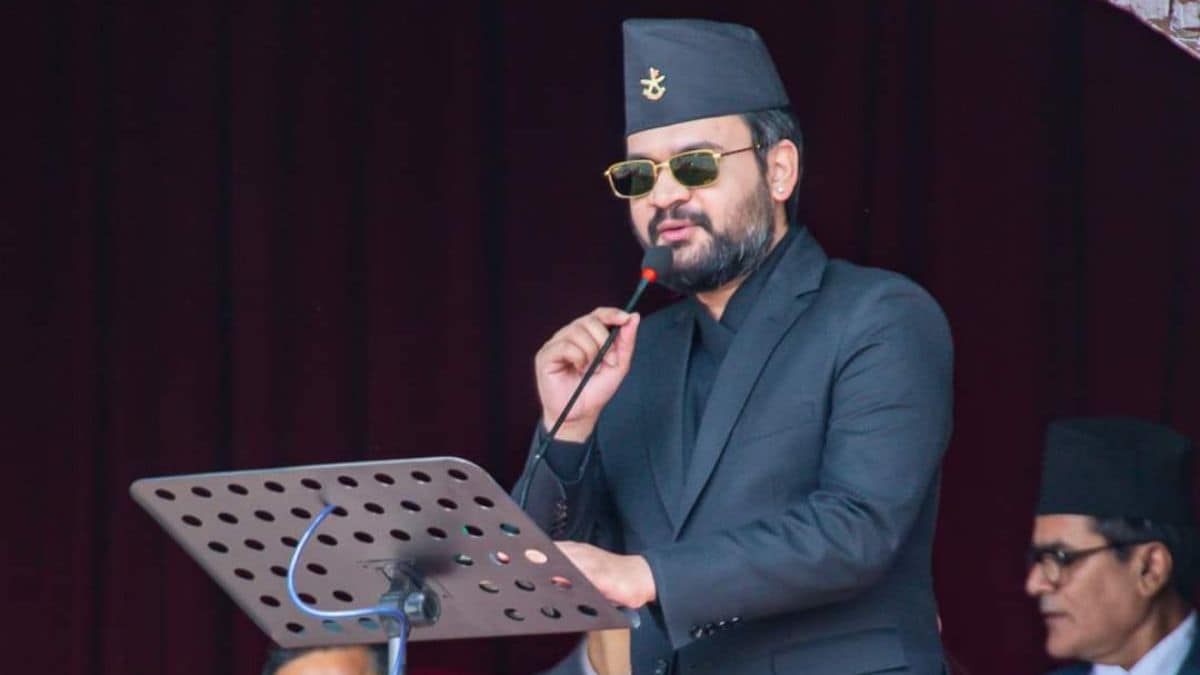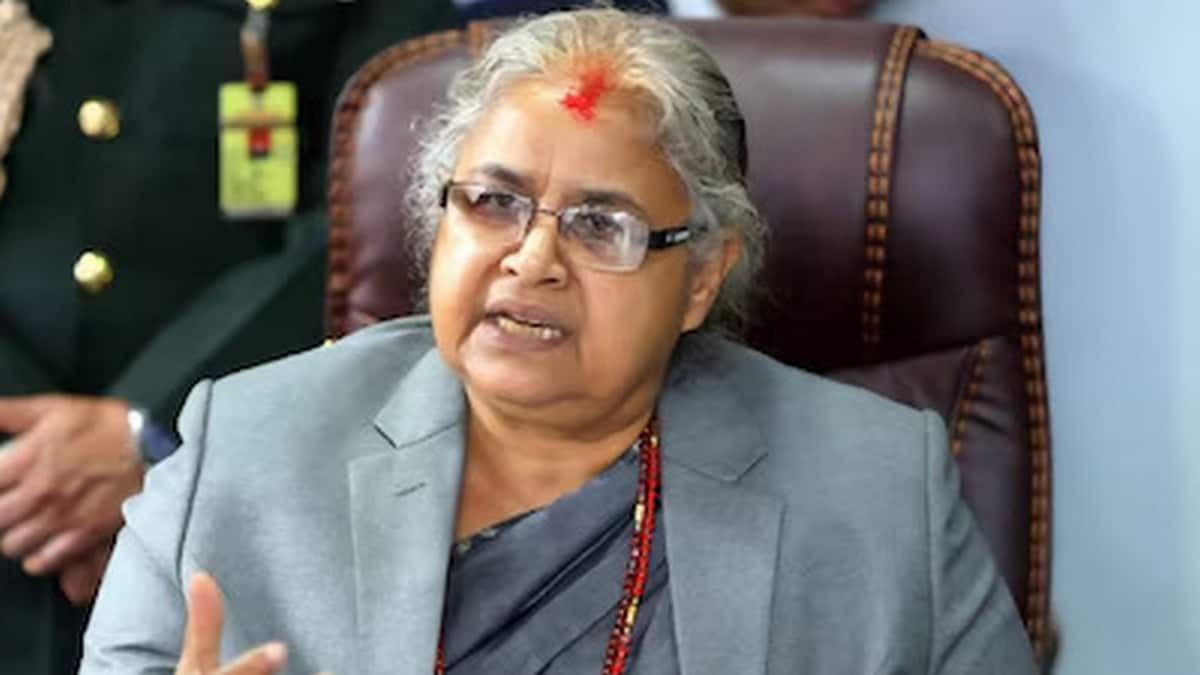South Asia has once again been thrust into the global spotlight as a region of turmoil, instability and regime change. In just a few years, almost every one of India’s neighbours has seen its political
leadership toppled by a mix of street protests, violent uprisings and foreign interference. The latest to fall is Nepal, where Prime Minister KP Sharma Oli resigned amid unprecedented youth-led protests, plunging the Himalayan nation into anarchy.
What is happening in Nepal is deeply concerning, not just for Nepal itself but also for India and the wider region. Yet, in stark contrast, India continues to stand tall as an island of stability, governed by a popular leader who commands widespread support and a robust democratic framework. This divergence between India and its neighbours reveals a deeper truth about South Asia’s political fault lines, external meddling and the resilience of Indian democracy.
On 9 September 2025, Nepal witnessed an extraordinary political upheaval. What began as peaceful demonstrations against corruption and government incompetence spiralled into a violent movement after the Oli government imposed a social media ban, cutting off platforms like Facebook and TikTok that young protesters used to mobilise.
The crackdown backfired spectacularly. Thousands of Gen-Z Nepalis poured into the streets, culminating in one of the deadliest protests in recent Nepali history, with at least 19 young protesters killed in police firing. The backlash was swift and furious. The Bhaktapur residence of KP Sharma Oli was torched by enraged mobs, while the homes of former prime ministers Pushpa Kamal Dahal “Prachanda” and Sher Bahadur Deuba were vandalised. Three sitting ministers resigned amid growing pressure. Even the residence of Foreign Minister Arzu Rana Deuba was stormed, and both she and Sher Bahadur Deuba were physically assaulted by the mob.
By the next day, Kathmandu resembled a war zone. Government buildings, including the Hilton Hotel housing Parliament, were set ablaze, and protesters forced their way into Singha Darbar, Nepal’s central administrative complex. Perhaps most disturbing was the attempt by hooligans to storm the sacred Pashupatinath Temple, a revered Hindu pilgrimage site. The Nepalese Army was forced to intervene to protect the temple from desecration.
Adding to the tragedy, the wife of former PM Jhalanath Khanal succumbed to burn injuries after protesters set their home on fire. As chaos gripped the country, the army imposed a curfew and assumed control. The youth leaders behind the initial anti-corruption protests distanced themselves from the violence, claiming that “external elements” had hijacked their movement. Yet, the power vacuum is undeniable, with rapper-turned-politician Balen Shah and activist Sudan Gurung emerging as possible successors to Oli, both figures with controversial foreign connections.
The speed of Nepal’s collapse mirrors a dangerous regional pattern. This is not an isolated event but part of a broader wave of regime changes that have swept South Asia in recent years. From Myanmar to Sri Lanka, Bangladesh to Pakistan, and now Nepal, the region has become a hotbed of political instability. While each country’s situation is unique, the common factors—economic crisis, corruption, youth unrest and foreign meddling—are strikingly similar.
Myanmar was the first domino to fall. In February 2021, its military staged a coup, ousting Aung San Suu Kyi’s National League for Democracy (NLD) despite its overwhelming electoral victory. The coup sparked massive protests, dubbed the Spring Revolution, led by young activists and civil servants. The military’s response was brutal—over 1,500 killed, thousands arrested and internet blackouts enforced to crush dissent. What began as peaceful protests morphed into a full-scale civil war, with armed resistance groups like the People’s Defence Force emerging. By 2025, millions had been displaced, and Myanmar was once again fully under military rule, with democracy nowhere in sight.
Sri Lanka’s collapse followed in 2022, driven by an economic implosion. Sovereign debt default, fuel and food shortages, and inflation surging to 70 per cent brought the country to its knees. In July of that year, the Aragalaya movement peaked as protesters stormed the Presidential Palace, forcing President Gotabaya Rajapaksa to flee. Prime Minister Ranil Wickremesinghe’s residence was set ablaze. The images of Sri Lankans swimming in the presidential pool became iconic, symbolising popular rage against corruption and mismanagement. But beneath the spectacle, the structural crisis remained unresolved.
Then came Pakistan. In April 2022, Prime Minister Imran Khan was ousted through a no-confidence vote, which he alleged was part of a US-backed conspiracy. Khan cited a secret diplomatic cable, the infamous “Cypher”, as evidence. Shehbaz Sharif, with military backing, took over, but Pakistan’s internal chaos deepened. Khan’s supporters staged massive protests that were brutally crushed. His arrest in May 2023 sparked nationwide riots, including attacks on military establishments. Today, Pakistan remains politically fractured and economically bankrupt, with its military still calling the shots while violence in Balochistan and Khyber Pakhtunkhwa continues.
Bangladesh’s turn came on 5 August 2024, when the country experienced its own “Bangla Spring”. What began as a student protest over a controversial job quota system escalated into nationwide violence. Sheikh Hasina fled to India after protesters stormed her residence, looting everything from sarees to utensils. In one day alone, 91 people were killed, making it one of the bloodiest uprisings in the country’s history. Islamist groups like Jamaat-e-Islami and the Bangladesh Nationalist Party (BNP) hijacked the movement, both known for their anti-India agenda. Months before her ouster, Hasina had warned that the United States was plotting regime change because she refused to hand over Saint Martin Island for a US base in the Bay of Bengal. A year later, Bangladesh remains unstable, with Islamists consolidating power and minorities, particularly Hindus, facing violent persecution.
While its neighbours crumble, India has remained remarkably stable. Despite its vast size, diversity and complex politics, India’s democracy continues to function smoothly. Elections are held regularly and peacefully, and the people express dissent through ballots, not bullets.
India has faced major protests in recent years, but the government’s handling has been in stark contrast to its neighbours. The CAA protests of 2019–2020 were managed without a violent government crackdown, even when they turned into anti-Hindu riots in Delhi. The farmers’ protest of 2020–2021 saw thousands of protesters block Delhi’s borders and even storm the Red Fort, but Prime Minister Modi opted for dialogue over suppression. Ultimately, he repealed the farm laws, diffusing tensions and avoiding the kind of chaos that toppled governments elsewhere.
The opposition, particularly the I.N.D.I. Alliance led by the Congress party, has tried to undermine faith in the electoral process by spreading claims of “vote theft” and EVM tampering. Rahul Gandhi has even sought foreign intervention during his trips abroad, echoing the destabilising tactics of Bangladesh’s BNP. However, these efforts have largely failed. The Indian public has rejected such narratives, showing trust in democratic institutions like the Election Commission.
Economically, India’s rise has been another stabilising factor. While Sri Lanka defaulted and Pakistan begged the IMF for survival, India became the world’s fourth-largest economy, a hub of digital innovation and a leader of the Global South. India has not only stabilised itself but also helped others, providing $4 billion in aid to Sri Lanka in 2022 and supporting neighbours like the Maldives and Nepal during crises. The Vaccine Maitri initiative during COVID-19 exemplified India’s role as a regional benefactor rather than a destabilising force.
Externally, India also plays a key role in regional security. Its navy safeguards critical Indian Ocean trade routes, countering piracy and ensuring maritime stability. Diplomatically, India has been a voice for peace while resisting foreign interference in its internal affairs.
Nepal’s current chaos serves as a stark warning. The pattern is clear: when corruption, economic mismanagement and external meddling intersect, even seemingly stable governments can fall overnight. For India, the lesson is to remain vigilant. Foreign entities have repeatedly attempted to weaken India through propaganda, funding protests and targeting its institutions. Preserving the integrity of its democracy is paramount.
In just a few years, Myanmar, Sri Lanka, Pakistan, Bangladesh and now Nepal have all experienced regime changes, often accompanied by violence and instability. South Asia has become synonymous with political collapse. Yet, India stands apart—a nation where protests may be fierce but are resolved through dialogue, not destruction; where leadership is tested but remains rooted in popular legitimacy.
As one Nepali protester reportedly said, “Had there been a leader like PM Modi here, Nepal would never have needed to rise in anger.” This sentiment captures the stark contrast between India and its neighbours. While they burn, India shines as a fortress of stability, offering hope to a region in desperate need of order.
The writer is a technocrat, political analyst, and author. He pens national, geopolitical, and social issues. His social media handle is @prosenjitnth. Views expressed in the above piece are personal and solely those of the author. They do not necessarily reflect News18’s views.
















